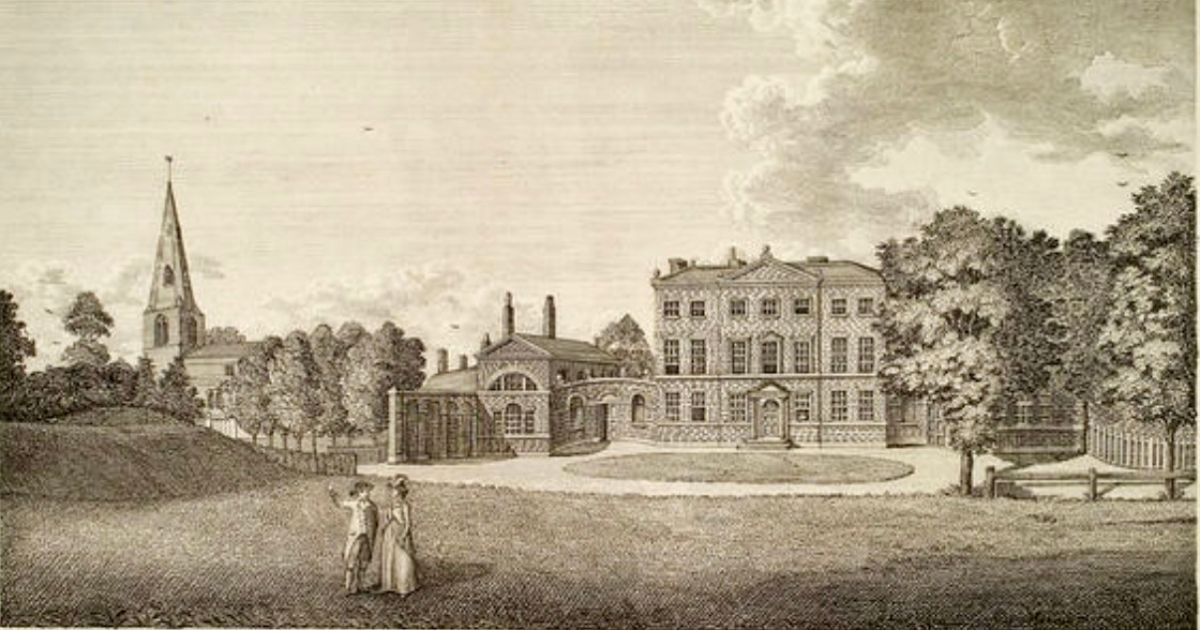Gumley Hall History

Gumley Hall, demolished in 1962, employed many people during its heyday. The Hall used to stand to the east of the church with a lake behind, which is still there but is private property. There was no electricity in the village until 1931, but the owners of Gumley Hall made good this deficiency by generating their own supplies. In the small factory-like building with a large chimney-stack south of the church, Captain Whitmore produced gas in the late-19th century, and Mr Murray Smith in the early 20th century converted the installation to produce electricity.
The Hall was originally built by the son of Joseph Cradock, a Leicester hosier and draper who acquired the manor and lands from the Horton family in the 18th century. Joseph Cradock, the son, became a well-known antiquary and patron of the arts. Cradock laid out the gardens and plantations of Gumley Hall in imitation of the Parc de St. Cloud. In the summer months they became a fashionable resort for the gentry of Leicester, particularly those who came to take the mineral waters of its ‘spa’, a chalybeate spring found in 1789. Cradock moved in the literary society of Goldsmith, Johnson, and Burke, and built a theatre at Gumley which was used for amateur productions and ones by Garrick.
Cradock spent too much money on the building and had to sell up; it changed hands many times. The Fernie Hunt used the Hall for their meets from the 1920s. As the Hall was just yards from St Helen’s, it must have been used by future spies, medieval villagers and the famous visitors to the Hall to meet the Cradocks. Queen Victoria also visited the Hall and presumably the church. During WWII, the Hall was used to train foreign agents who were sent to German occupied territory. After the war, the Hall was turned into flats but deteriorated rapidly. The villagers were invited to the final ball at the Hall before it was sadly finally demolished in 1962.
British History Online




 Kibworth Band
Kibworth Band

